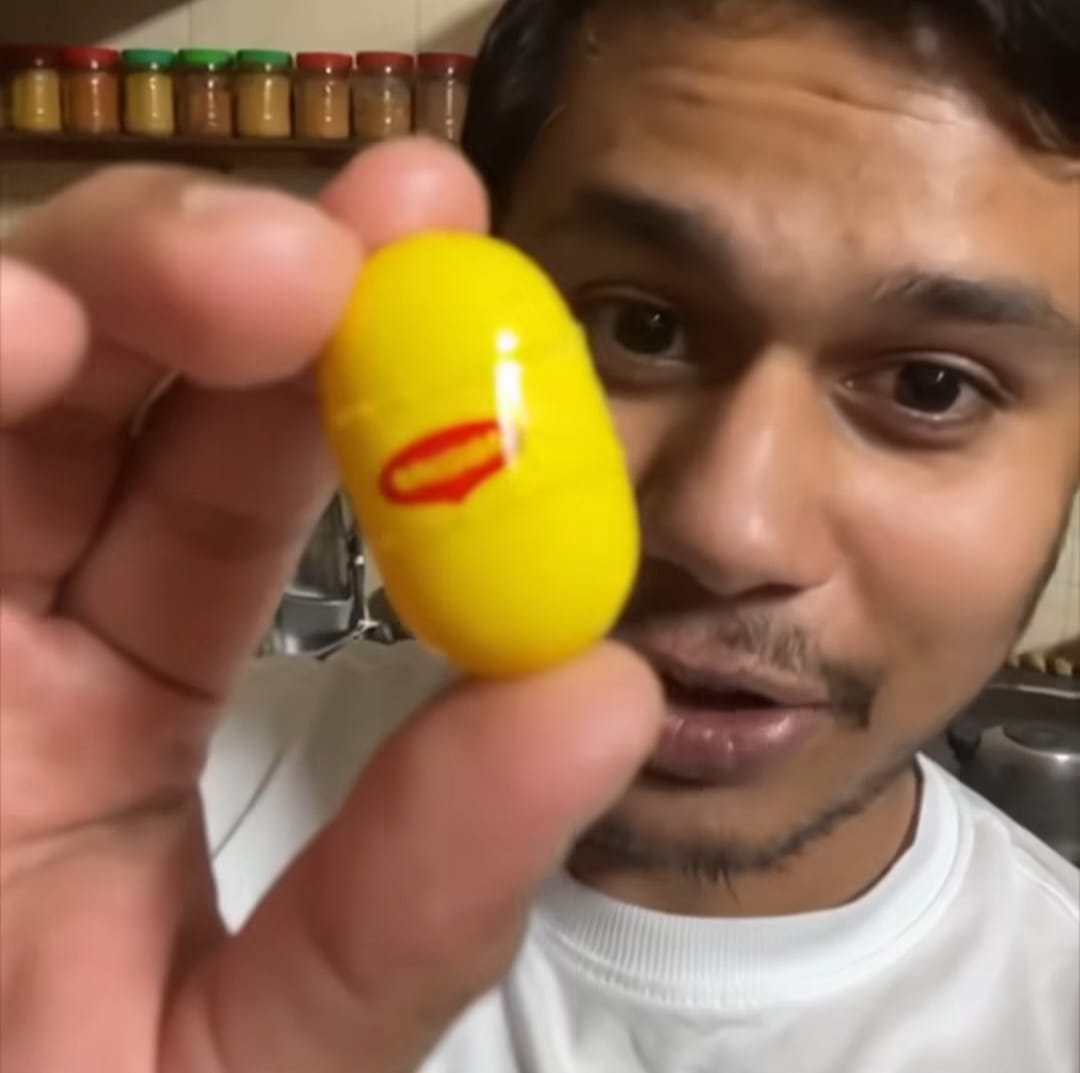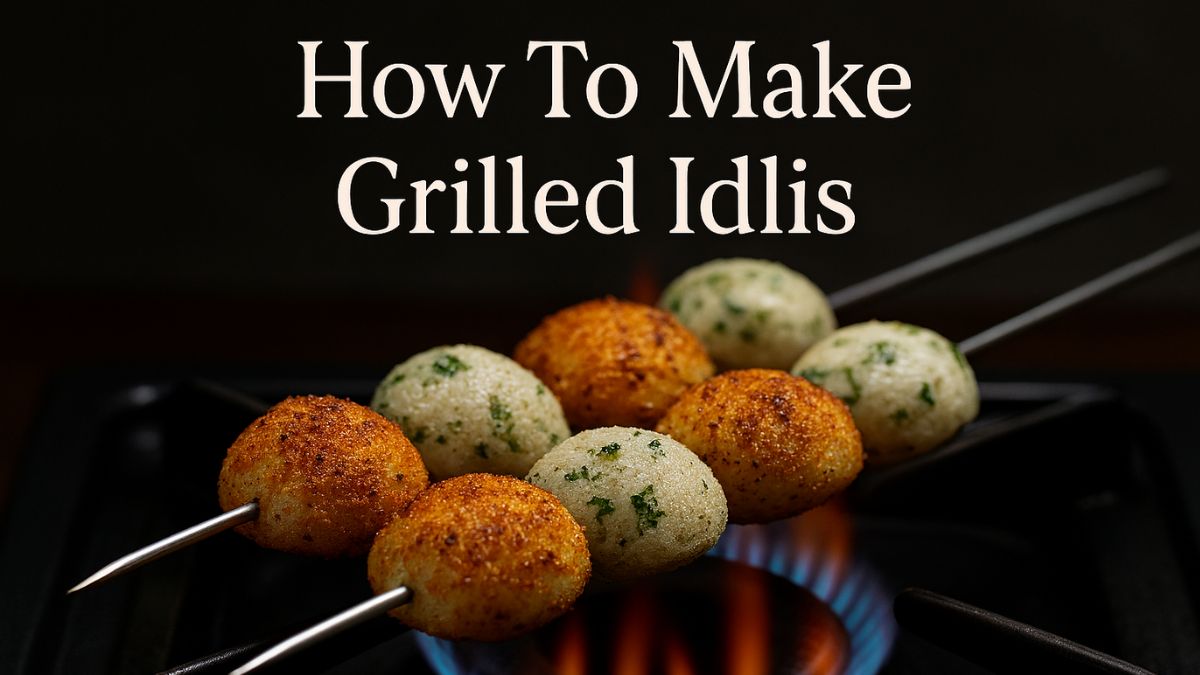When we talk about the rich Rajasthani cuisine, the mind inevitably conjures images of Laal Maas and Gatte ki Sabji, with their spicy and flavorful profiles sparking cravings in the mind. However, amid the royal delights, the culinary landscape of Rajasthan boasts many other hidden gems deserving equal attention and love. Khoba Roti is one such gem that captivates with its distinctive texture and preparation. If this is your first encounter with this roti, read on to learn more about this unique Rajasthani delight.
Also Read: Ever Heard Of Pani Ki Roti? A Desi Bread That Is Made Using Water!
What is Khoba Roti Made Of?
Khoba Roti, a culinary marvel from Rajasthan, is crafted with simple ingredients - wheat flour, salt, and a generous dollop of desi ghee. However, the magic lies in the process of its creation. This thick roti, contrary to expectations, is not just a flatbread; it looks like a gourmet preparation with intricate patterns. The name "khoba" hints at its unique shape, characterized by deep indentations or cavities. Originating from the villages of Jodhpur, this roti is a hearty companion to various vegetables, and surprisingly, it also doubles as a great travel buddy.
What Makes Khoba Roti Special:
Among Rajasthani rotis such as Bajra ki Roti, Bejad ki Roti, and Tikkad, Khoba Roti stands out for its intriguing preparation. The Marwari word "khoba" translates to "cavity" or "depression," reflecting the distinctive feature of this roti. What sets it apart is the manual creation of tiny bowl-like cavities on its surface, using the thumb. As the roti is cooked on a tawa, these cavities serve not only as a visual treat but also as functional elements, making Khoba Roti an ingenious culinary creation.
Also Read: 5 Unique Roti Recipes To Amp Up Your Weekend Meal

Khoba roti looks different than regular tawa rotis.
Photo Credit: iStock
How Rajasthani Khoba Roti Is Made:
To make Khoba Roti, the process begins with a simple mix of wheat flour, salt, and a generous infusion of desi ghee. When the dough is ready, it is flattened into a thick roti. Then it is placed on a hot tawa, and the cook uses their thumb to create deep cavities on the upper side, resembling a landscape of tiny wells. The final touch involves pouring copious amounts of ghee into these cavities, allowing the roti to crisp up to perfection. A crucial note here - patience is key; the thick nature of the roti demands a slow, deliberate cooking process to ensure it is neither undercooked nor overdone.
One can also fill vegetables, meat, or curries in the cavities of the roti, which doubles up as a meal and a plate. Want to experience the magic of Khoba Roti yourself? Try this combo recipe for Kairi Curry with Khoba Roti by chef Ajay Chopra.
About Neha GroverLove for reading roused her writing instincts. Neha is guilty of having a deep-set fixation with anything caffeinated. When she is not pouring out her nest of thoughts onto the screen, you can see her reading while sipping on coffee.







